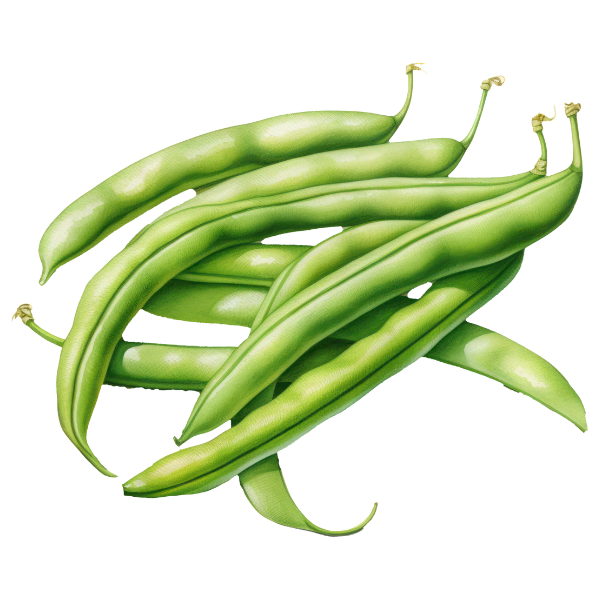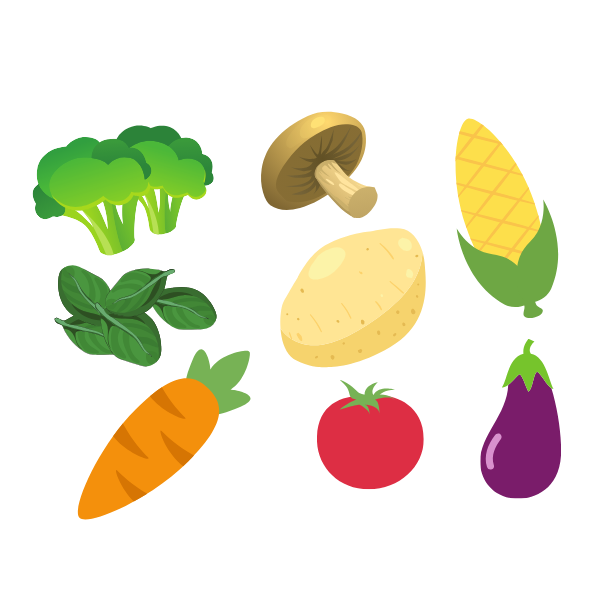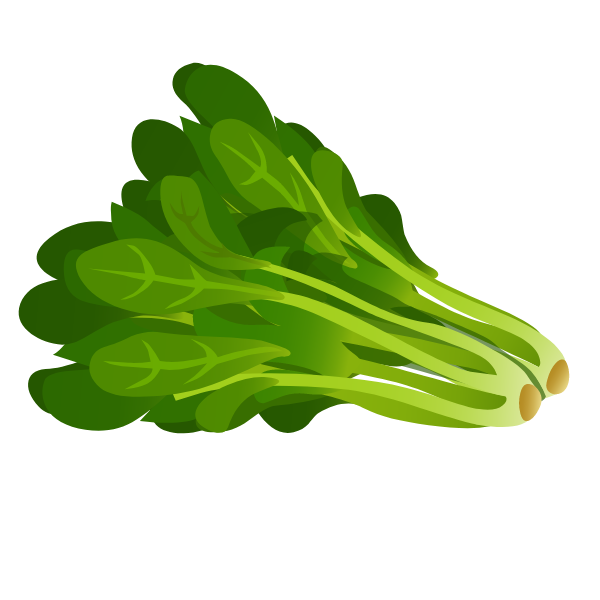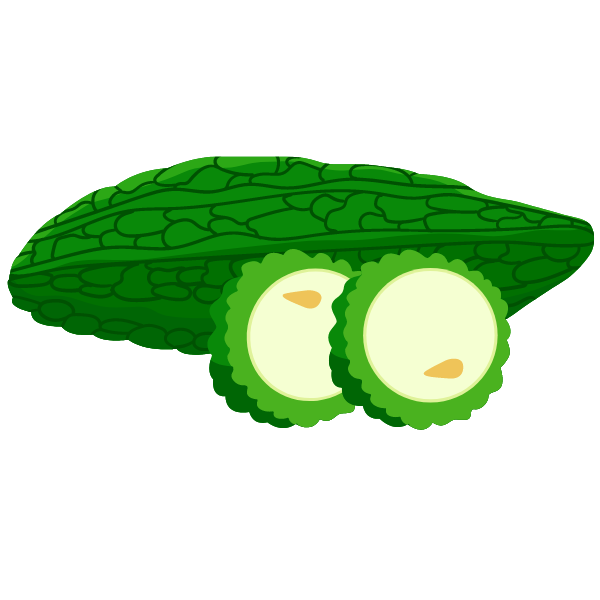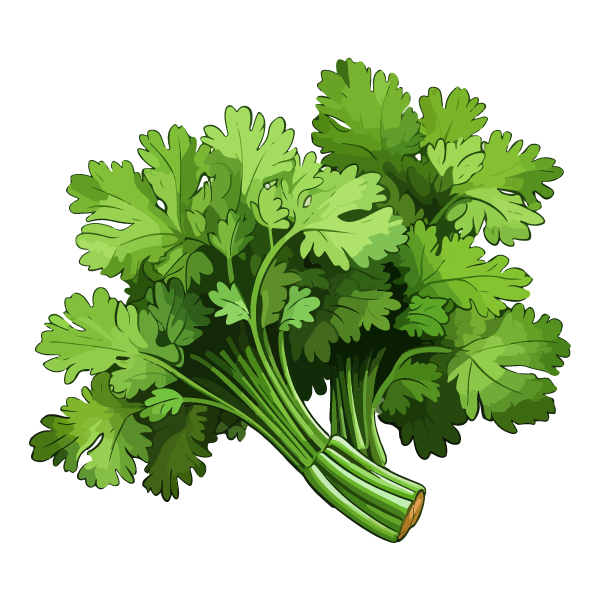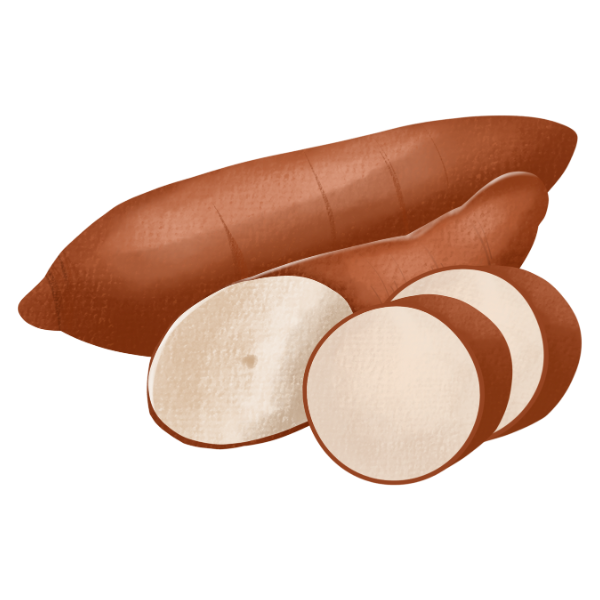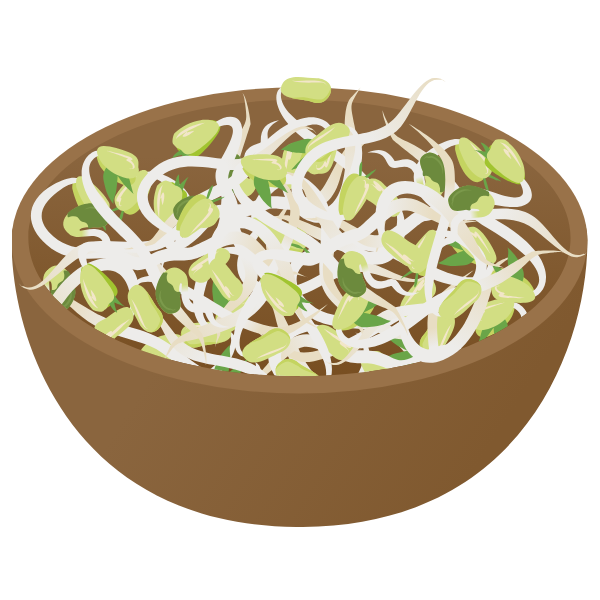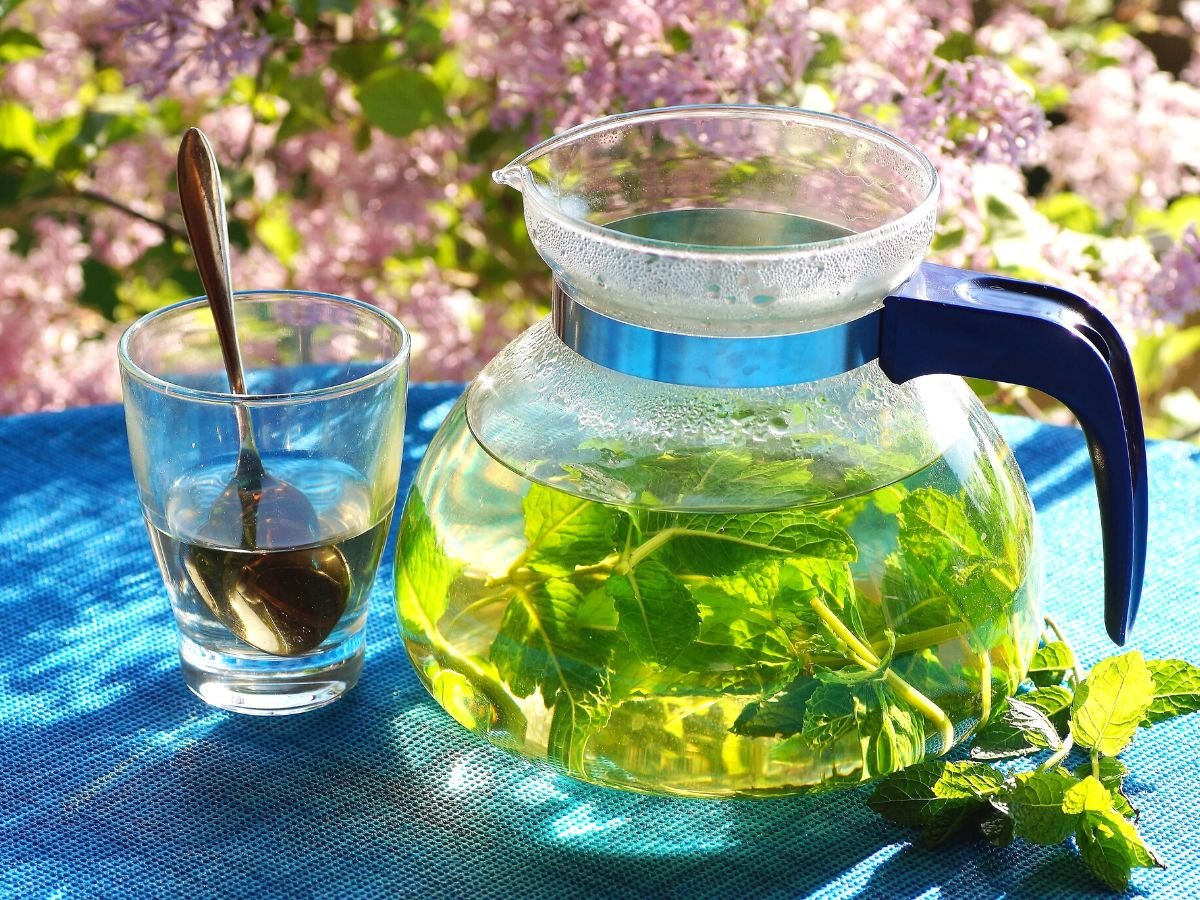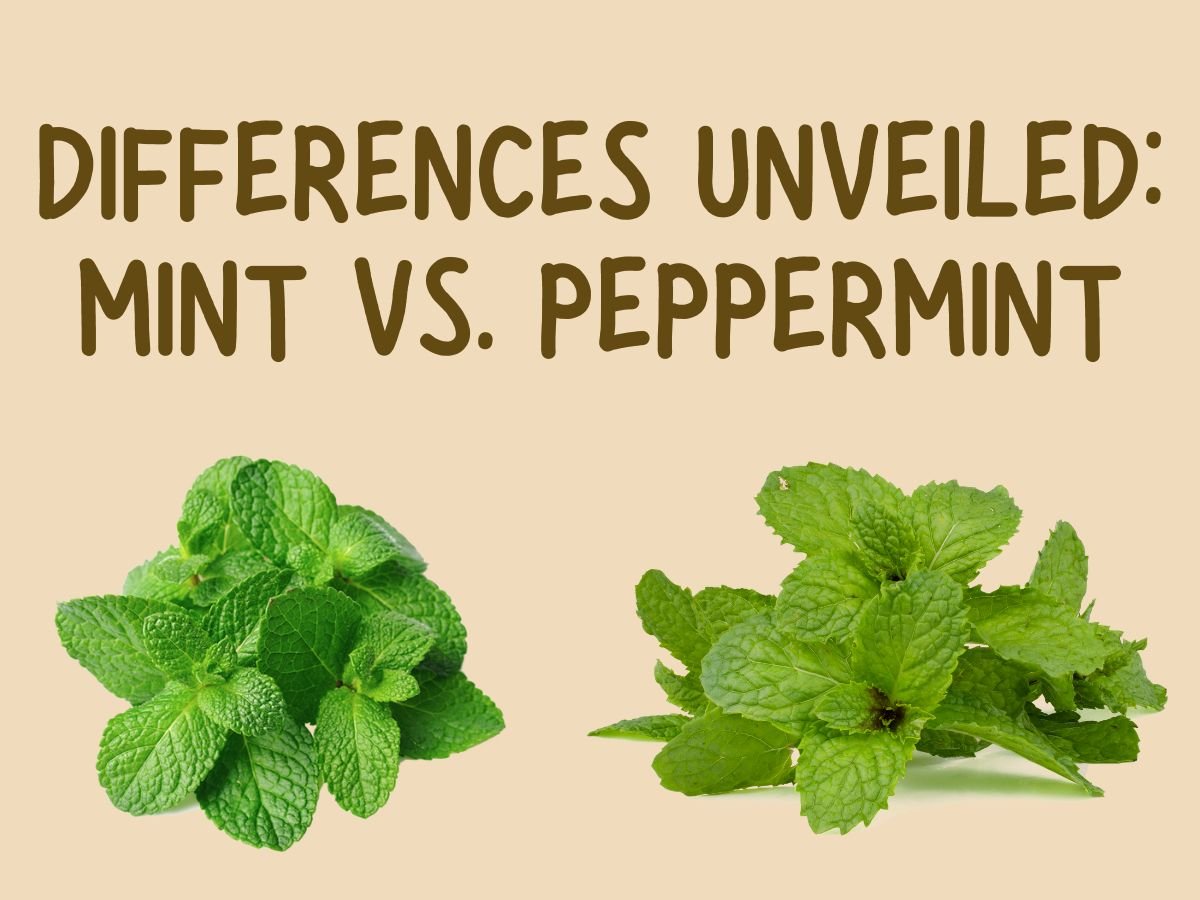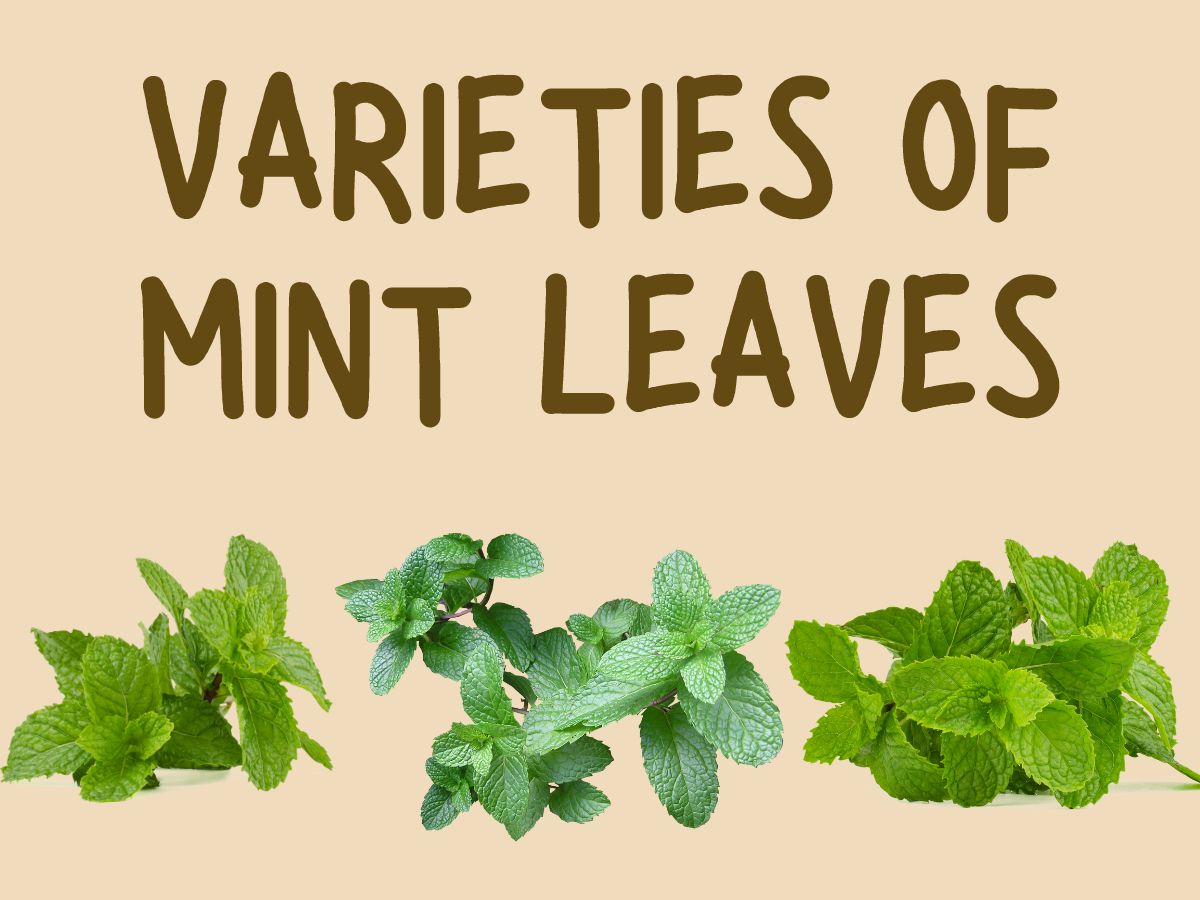Mint tea isn't just a refreshing beverage; it’s a revitalizing elixir with a history as…
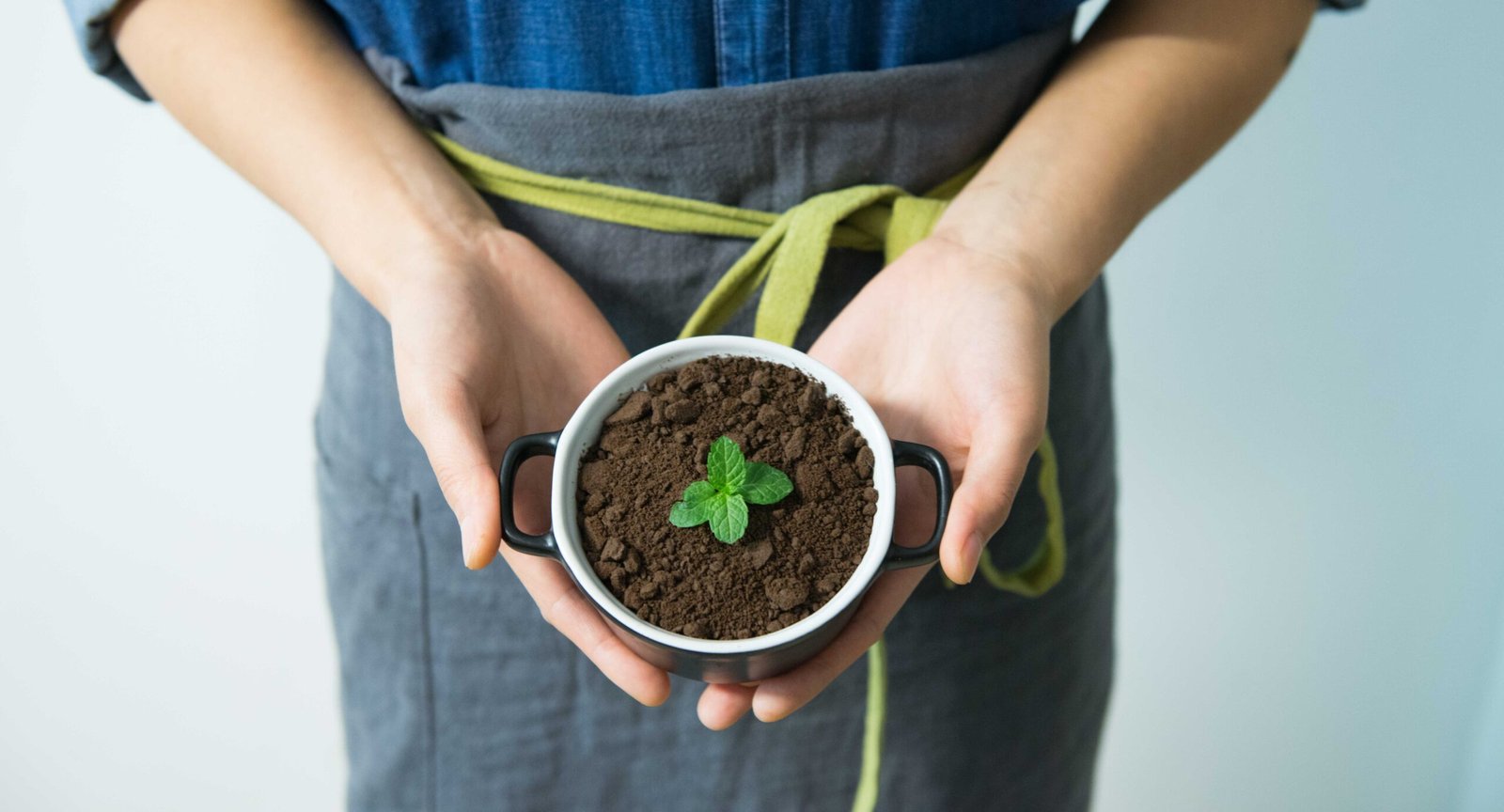
Grow Mint Leaves at Home: Your Comprehensive Guide
Want to grow mint leaves at home?
Mint, with its refreshing scent and versatile use, is a delightful addition to any garden. Whether you’re a seasoned gardener or just starting out, cultivating mint at home can be a rewarding experience. Let’s embark on an essential guide to grow mint leaves right in your own space at home.
1. Choosing Mint Varieties
Mint comes in various types, each with its own unique flavor and aroma. Peppermint, spearmint, and chocolate mint are popular choices. Consider your preferences and the intended use of the mint when selecting a variety.
2. Selecting the Right Location
Mint thrives in partial shade to full sun. Choose a spot with adequate sunlight, but be mindful, as mint can spread rapidly. Opt for containers or boundaries to control its growth.
3. Preparing the Soil
Ensure well-draining soil with a slightly acidic to neutral pH (6.0–7.0). Mix compost to enhance the soil’s fertility and drainage.
4. Planting Mint
Plant mint either from seeds or cuttings. Space the plants apart to accommodate their spreading nature. Remember to water the soil well after planting.
5. Watering and Drainage
Mint prefers consistently moist soil but not waterlogged. Water deeply when the top inch of soil feels dry. Adequate drainage is crucial to prevent root rot.
6. Fertilizing and Mulching
Feed mint with a balanced fertilizer occasionally. Mulch around the plants to retain moisture and suppress weeds.
7. Managing Growth
Regularly prune mint to control its growth and prevent overcrowding. Pinch off flowers to encourage leaf growth.
8. Harvesting
Harvest the mint leaves once the plant is established. Snip stems just above a set of leaves to encourage bushier growth.
9. Common Issues and Solutions
Combat common problems like pests, such as aphids or spider mites, with natural remedies like neem oil or insecticidal soap. Watch out for mildew in humid conditions.
10. Storing Mint Leaves
Store fresh mint leaves by wrapping them in a damp paper towel and placing them in a sealed plastic bag in the refrigerator. Alternatively, dry the leaves for future use.
11. Culinary Uses
Explore the versatile use of mint in various culinary delights, from refreshing beverages to savory dishes and desserts. Mint adds a burst of flavor to your recipes.
12. Natural Remedies
Harness the therapeutic properties of mint for home remedies. Mint tea aids digestion, while its cooling properties offer relief from headaches.
Conclusion
Growing mint at home is a fulfilling venture that not only provides fresh herbs but also enhances your gardening skills. With proper care and attention to its needs, you can enjoy an abundant supply of aromatic mint leaves.
FAQs about Growing Mint Leaves at Home
Q1. How fast does mint grow?
Mint is a fast-growing herb, spreading vigorously under favorable conditions. It can grow several inches in a week.
A1. How do I prevent mint from taking over my garden?
Contain mint by planting it in pots or using barriers in the ground to limit its spread.
Q2. Can mint be grown indoors?
Yes, mint can thrive indoors if provided with adequate sunlight and well-draining soil.
A2. How often should I harvest mint leaves?
Harvest mint leaves regularly to encourage new growth, typically every 2-3 weeks during the growing season.
Q3. What are the benefits of growing mint at home?
Growing mint at home provides fresh, flavorful leaves for culinary use, natural remedies, and aromatic teas. It also adds greenery to your space.
A3. Can I replant cuttings from my existing mint plant?
Absolutely! Mint cuttings root easily in water or soil, allowing you to propagate more plants.
Q4. Does mint require a lot of water?
Mint prefers consistently moist soil, but avoid overwatering to prevent root rot. Ensure proper drainage.
A4. Can I use mint leaves straight from the plant?
Yes, pluck fresh mint leaves as needed for immediate use in cooking, beverages, or remedies.
Q5. How do I store excess mint leaves?
Store excess mint leaves by drying them or freezing them in ice cube trays with water for later use in beverages or cooking.
A5. Can I grow mint alongside other herbs or plants?
Yes, mint can be grown with other herbs, but consider containing it as it tends to spread rapidly.
This comprehensive guide equips you with the knowledge needed to successfully grow vibrant mint leaves at home. Enjoy the freshness and versatility of this aromatic herb while enhancing your gardening skills!


